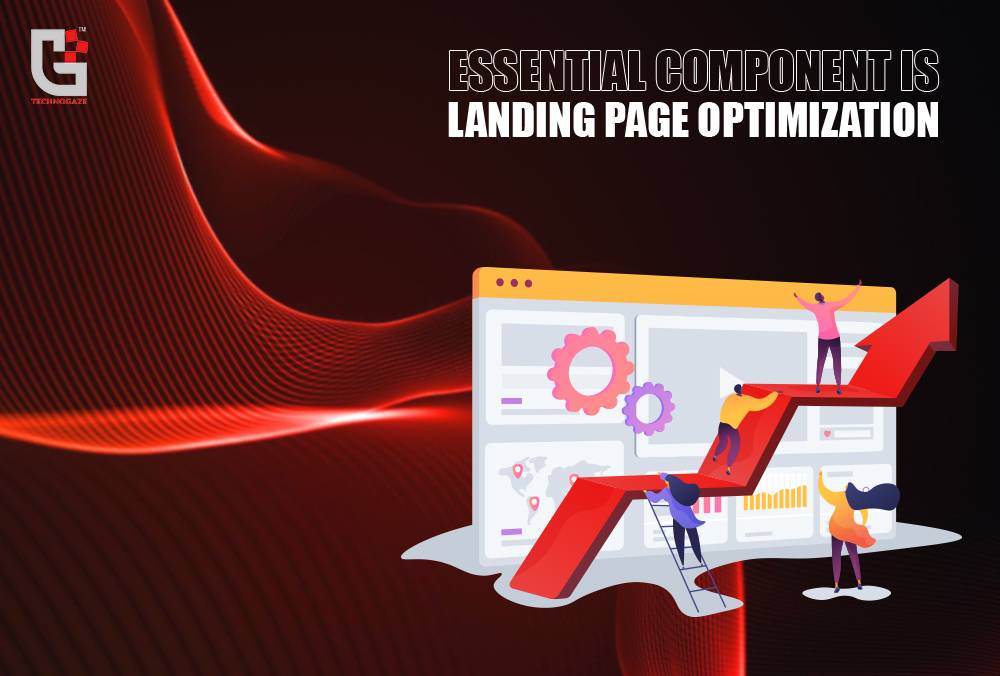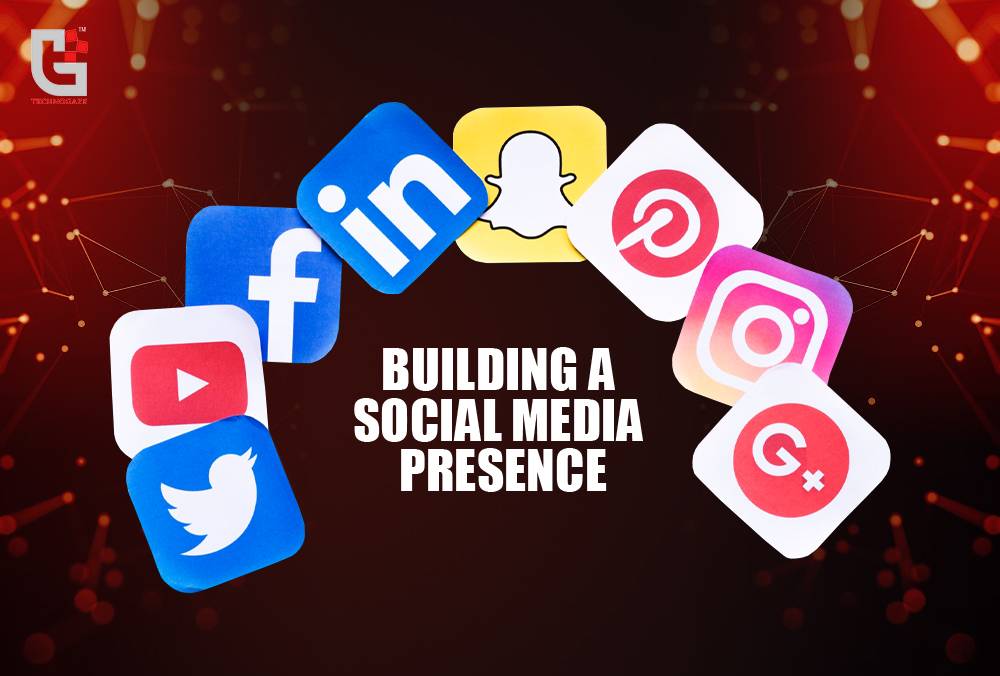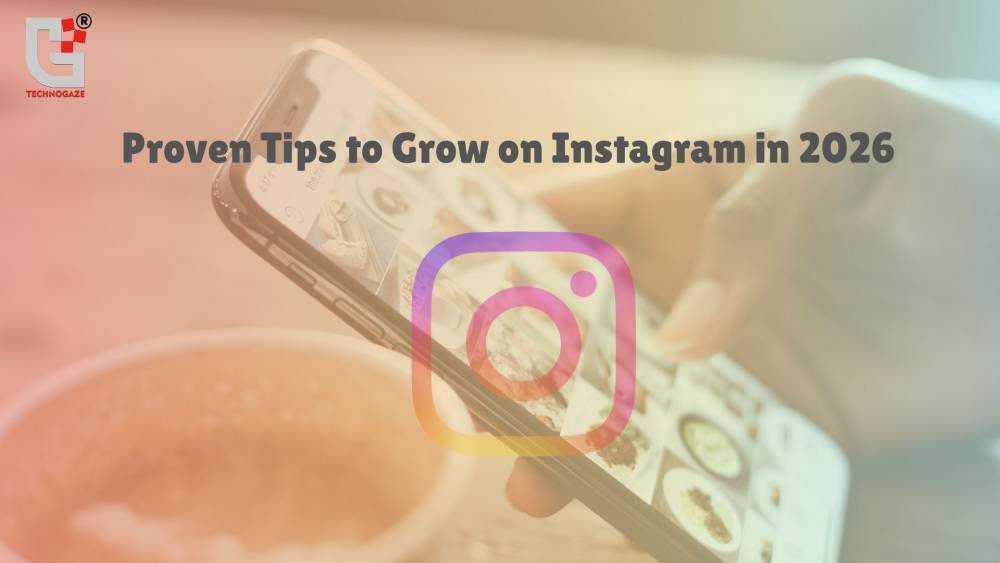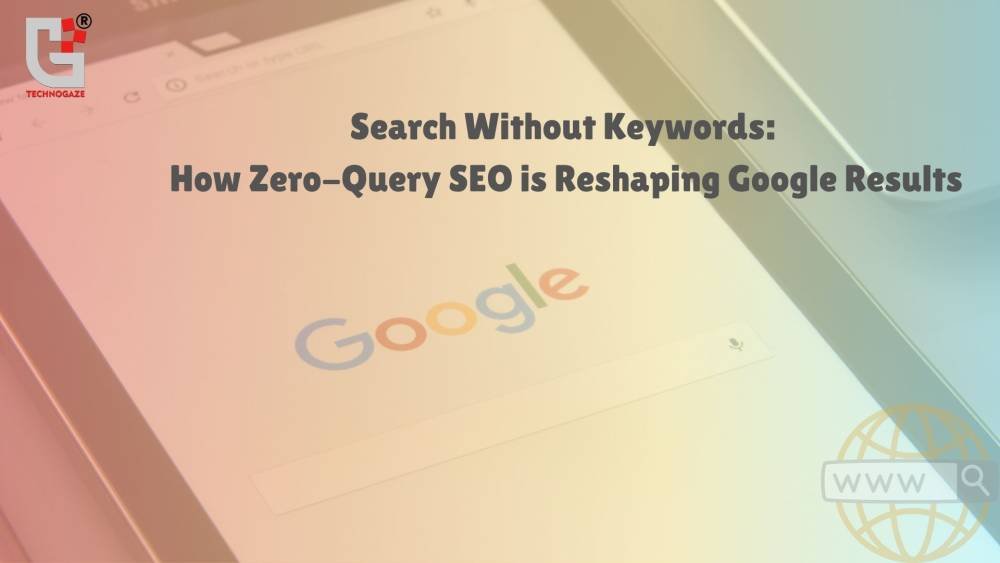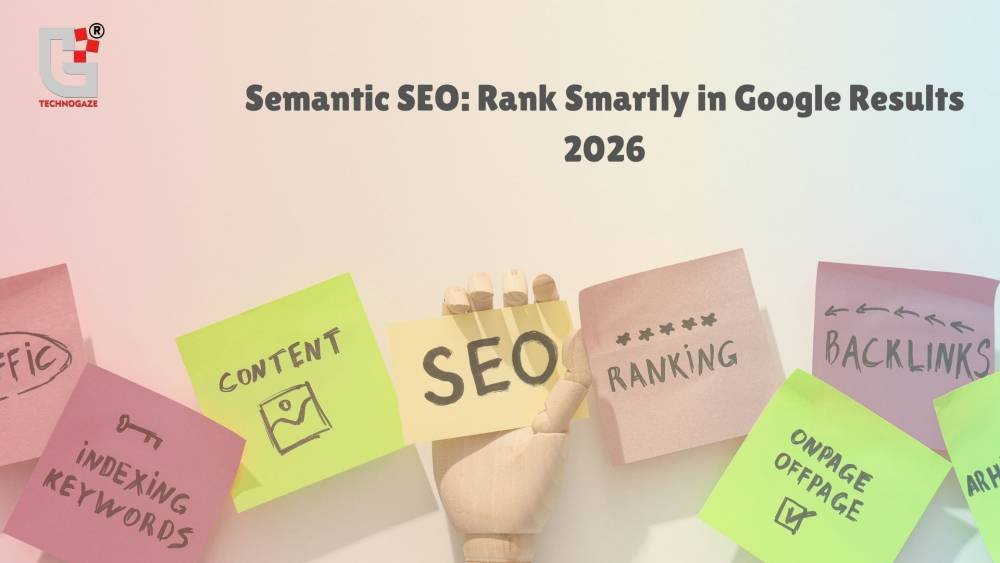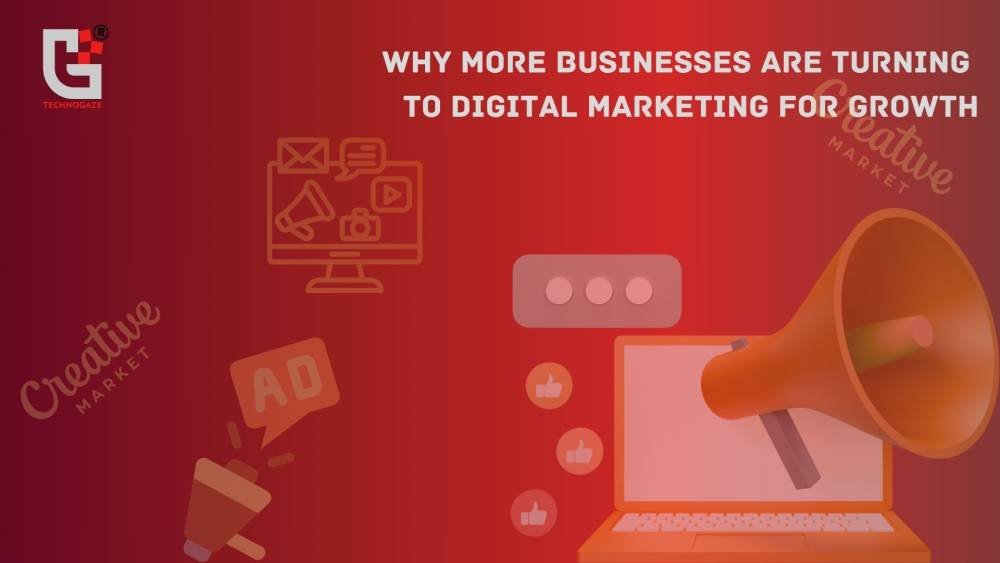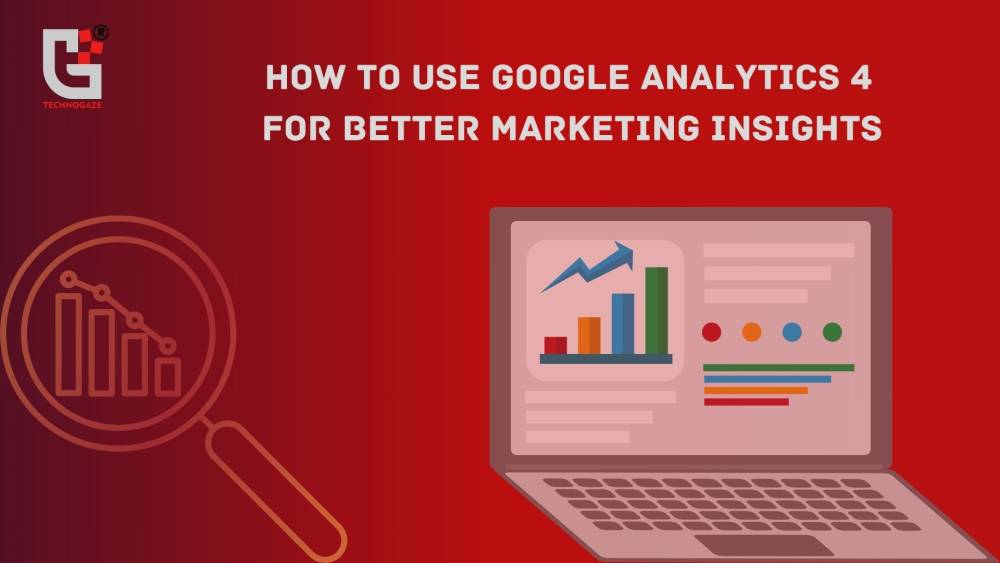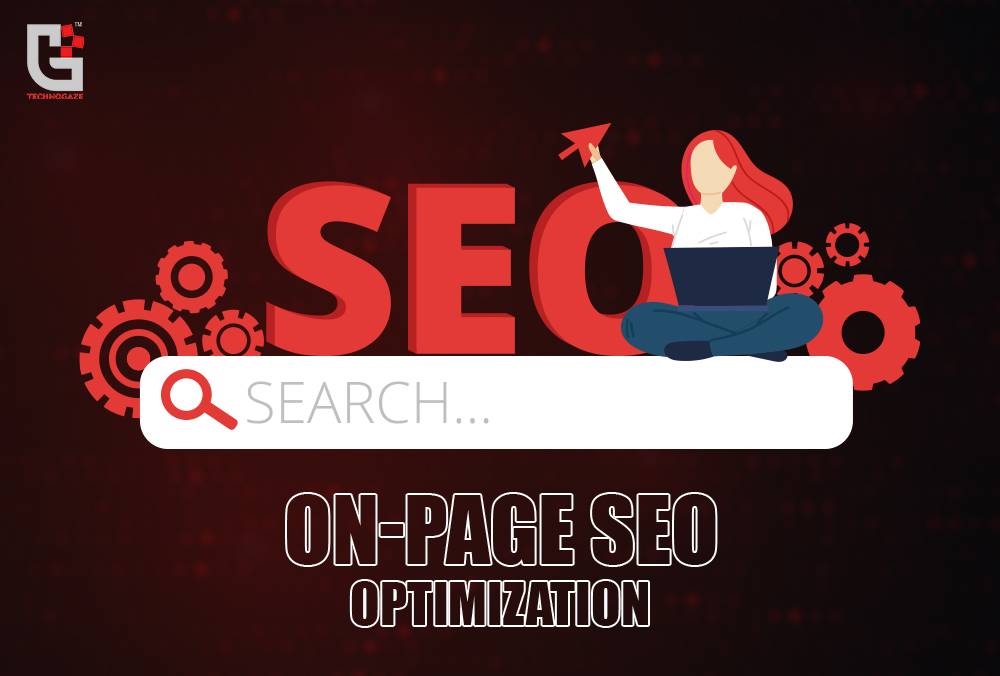
On-page SEO focuses on optimizing the website's features, such as textual content, graphics, hypertext links, and URLs. Well-optimized websites thrive in search engines and reach their target audience organically.
With continuous research into search engine developments, the on-page SEO method is constantly changing and improving. You must stay updated with the latest techniques and apply them to your website to get the most out of them.
Google's algorithm ranks your website on three main factors:
1. On-page SEO
2. Off-page SEO
3. Technical SEO
Why is on-page SEO important?
On-page SEO is important because it tells Google all about your website and how you provide value to visitors and customers. It helps in site optimization for both human eyes and search engine bots.
Creating and publishing your website isn't enough; you must optimize it for Google and other search engines to rank and attract new traffic. On-page SEO is called "on-page" because the tweaks and changes you make to optimize your website can be seen by visitors on your page, whereas off-page and technical SEO elements aren't always visible.
Elements of On-Page SEO
1. Keyword Research & Optimizing Keywords Wisely
2. Enhance Content Readability
3. Page Titles
4. Use Header Tags Properly
5. Meta Descriptions
6. Make Images SEO-friendly using Alt-Text
7. Perform URL Optimization
8. Internal Linking
Keyword Research & Optimizing Keywords Wisely
The first stage in developing high-quality content is to select relevant keywords and themes. Conduct keyword research by searching Google for phrases and comparing what comes up for competitors and other websites.
Adjusting the keywords in the appropriate places is one of the most important on-page optimization factors. Random keyword placement confuses the search engine's ability to discriminate between primary and secondary keywords, allowing your page to rank for the wrong keywords.
To avoid deceptive rankings, include focused keywords with exact words in the H1 tag, H2 tag, meta title, and meta description. To maintain keyword density, you can naturally spread the core keyword across the content with numerous synonym versions.
Moreover, you can adjust the secondary keywords in both headings and body content to build authority around the main keyword. Remember, sprinkle the keywords in such a way that it doesn’t look like you forcefully inserted the keyword in a specific section.
Enhance Content Readability
The quality of your content can help you enhance your site's engagement metrics, such as bounce rate, page views, and click-through rate. Content uniqueness, readability, and clarity are the key factors to consider when writing great quality content.
As a result, when writing, make sure that you use proper vocabulary and tone to convey your thoughts effectively. When you're finished writing, make sure your content is unique by running a plagiarism check and removing any duplicates that are discovered.
Your website's page titles (title tags) are one of the most significant SEO factors.
<title>The Ultimate Guide to Startups</title>
Titles inform users and search engines of the information contained on the relevant pages. Add the focus keyword to each page's title to ensure that your site's pages rank for the correct intent. Incorporate the keyword as organically as possible.
Header tags help organize your content for readers and help search engines distinguish what part of your content is most important and relevant, depending on search intent. The right usage of header tags allows search engines to crawl and index the page appropriately. These tags allow you to categorize content into primary and secondary categories.
To preserve a semantic hierarchy, tag the main topic with H1 and the other subtopics with H2 and H3. The content under each heading should be consistent with the overall topic.
Meta Descriptions
Meta descriptions are short page descriptions that show beneath the title in search results. Although it is not an official ranking criterion for search engines, it can influence whether or not your page is clicked on; thus, it is equally significant when performing on-page SEO.
Make Images SEO-friendly using Alt-Text
Another important aspect of web page optimization that improves the user experience is using images with an SEO-friendly method. Optimized photos boost site speed and page visibility by ranking higher in image searches.
When incorporating an image into your content, you should consider a few points:
1. First, give the image an appropriate and descriptive name rather than a random name like "image.11" or "Book#5".
2. Second, minimize the image size while maintaining quality so that it loads instantly.
3. Third, and most significantly, write precise and understandable alternative text for each image you use so that the search engine can recognize rich information about the image.
Perform URL Optimization
Although it appears to be a minor issue, URL optimization is the most important part of on-page SEO. The well-crafted and ordered URL allows the search engine to determine the relevance of your page to specific search terms or queries. A descriptive and clear URL builds trust in the eyes of both search engines and users.
"https://technogaze.com/seo-services-bhopal.html"
To make your URL search engine friendly, provide the goal term and easily understandable content. Furthermore, use hyphens to separate the included words instead of using spaces or underscores.
The URL should be short and simple; avoid using long sentences or unnecessary letters that add complexity. This allows search engines and consumers to understand valuable content and web page information.
Internal Linking
Internal linking means creating hyperlinks to other useful pages on your website. (Notice how the words "internal linking" are connected to another Technogaze blog article in the preceding sentence?)
That is an example:
Internal linking is vital for on-page SEO since it directs readers to other pages on your website, allowing them to stay longer and signalling to Google that your site is valuable and helpful.
Efficient on-page SEO methods increase the website's exposure, keep it competitive, and drive organic traffic. You need to learn up-to-date on-page SEO ranking factors and approaches to avoid irrelevant and outdated techniques.
To make things easier for you, we've included some valuable and result-oriented guidelines that will help you properly optimize all web page parts for search engines. We hope you find these suggestions useful and begin using them right now.
Author Details
Latest Posts
-
1November 15, 2025
-
2
-
3October 11, 2025
-
4
-
5



